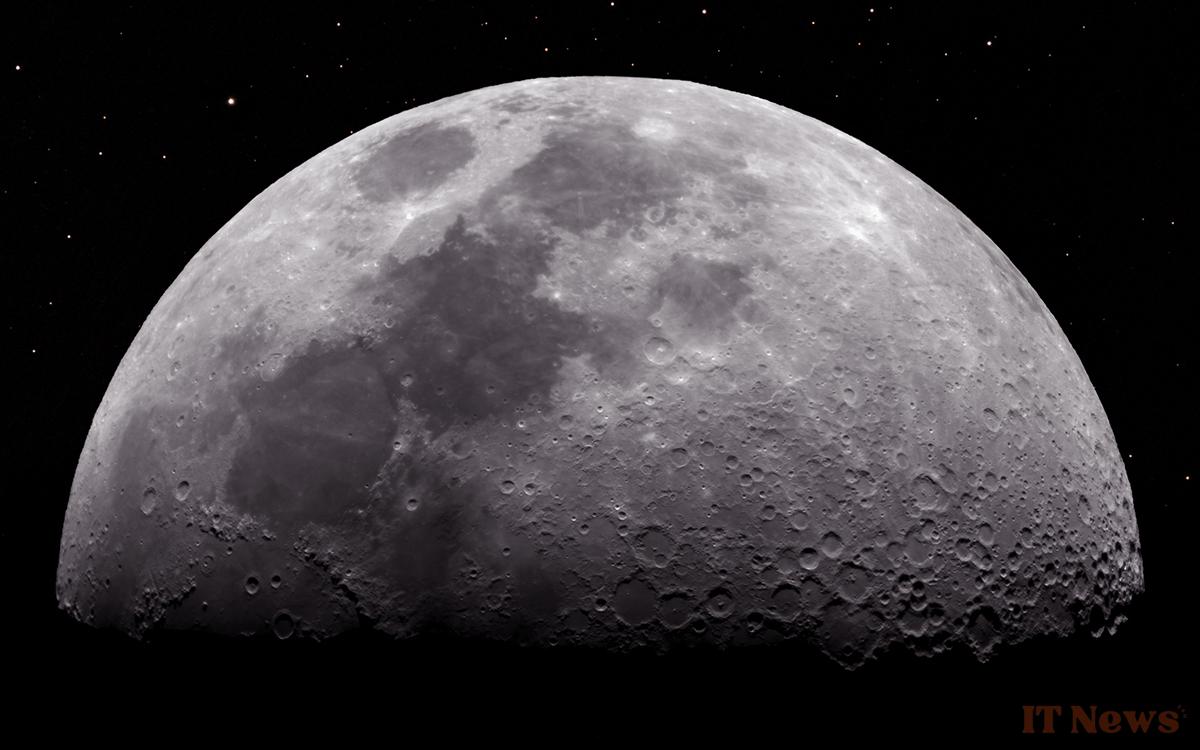Returning to the Moon is becoming a priority for major space agencies. To better prepare for it, a bill proposes a surprising measure. The idea is to create a time system dedicated to our natural satellite.
As the Artemis 2 mission takes shape, preparations for humanity's return to the Moon are intensifying. NASA has just completed assembly of the 98-meter-high SLS rocket core, which will propel the Orion capsule into lunar orbit. This vessel, delivered in early May by Lockheed Martin, will carry four astronauts on the first manned flight beyond Earth orbit since 1972. This major step in the Artemis program paves the way for a sustained human presence on extraterrestrial soil. But to coordinate these missions, a fundamental tool is still missing: a clock adapted to this unique environment.
A new bill has just been passed in committee by the House of Representatives in the United States. It requires NASA to create a time measurement system specifically designed for the Moon. The text, called the Celestial Time Standardization Act, plans to establish a “coordinated lunar time” (LTC), suitable for future missions and communications between Earth and our natural satellite.
Future lunar time must be precise, autonomous, and compatible with our Earth time
The idea is to develop a lunar clock capable of operating independently of Earth signals. It must be translatable into Universal Time (UTC) and sufficiently accurate for space navigation. It will also have to remain active even if communications with Earth are interrupted. Finally, this system could serve as a base for other planets, such as Mars. The difference in gravity and mass means that time passes slightly faster on the Moon, at a rate of 58.7 microseconds per day. However, this minimal difference can disturb calculations over long periods.
This project enjoys broad political support, which is rare in the current context. The creation of a standard lunar time would be an essential step for future inhabited bases. It would allow for better coordination of operations on site, management of landings, activity schedules, and even maintenance. The committee vote was unanimous, which gives good hope for the full adoption of the law. If approved, NASA will need to work with international agencies and experts to implement it.




0 Comments